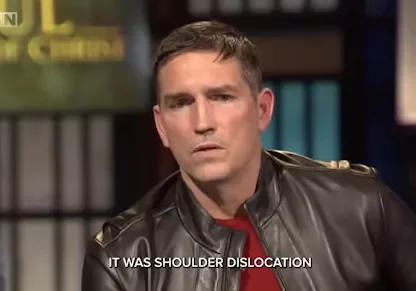How Jesus Validated His Claim to Be the Messiah
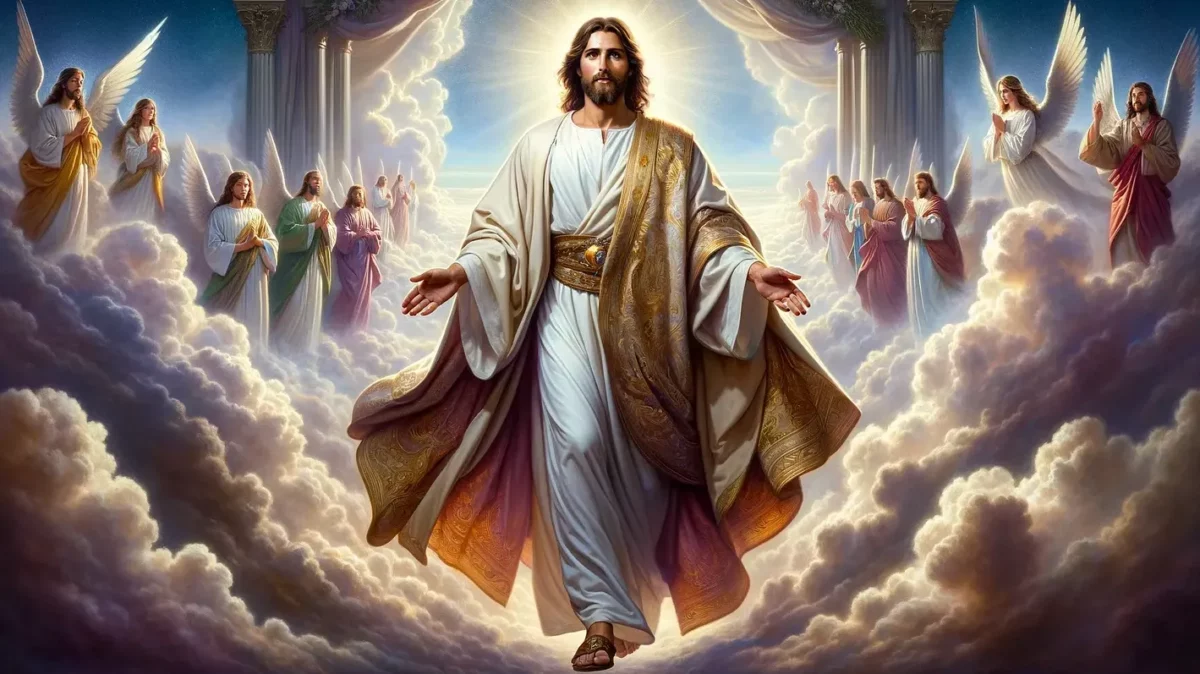
SHARE
River. When John the Baptist baptized Him, the heavens opened and the Spirit descended like a dove, while a voice from heaven declared, “This is my beloved Son, with whom I am well pleased” (Matthew 3:17). This divine affirmation set the foundation of His claim as the Messiah. From this moment, Jesus’ life and works unfolded as living proof that He was the promised Savior.
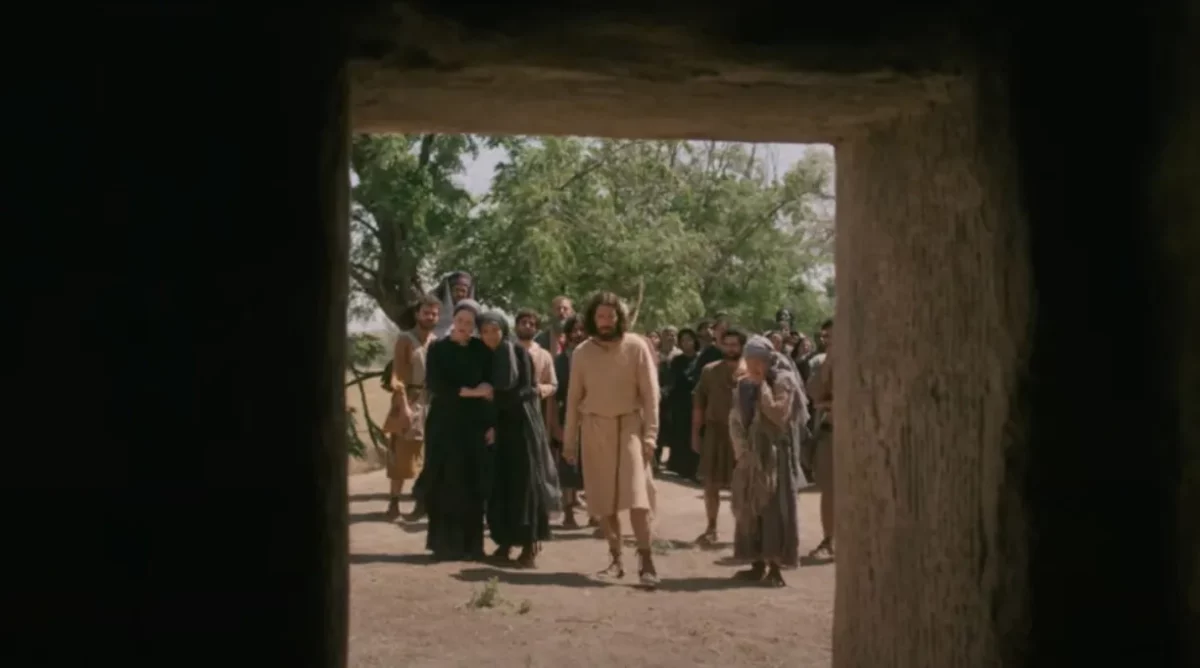
Jesus validated His claim by performing miracles that could only be accomplished by divine authority. When He turned water into wine at Cana, it was not simply a display of power but a sign that revealed His glory (John 2:11). He healed the blind (John 9:6–7), cleansed lepers (Luke 5:13), and even raised the dead, as in the case of Lazarus (John 11:43–44). These works fulfilled prophecies like Isaiah 35:5–6, which declared that the eyes of the blind would be opened and the lame would leap like a deer when the Messiah came.
Unlike the teachers of His time, Jesus spoke with divine authority. In the Sermon on the Mount, He declared, “You have heard that it was said… but I say to you” (Matthew 5:21–22). By directly interpreting the Law, Jesus positioned Himself not as another rabbi but as the very fulfillment of God’s Word. His words aligned with Deuteronomy 18:18, which foretold a Prophet like Moses who would speak God’s commands.
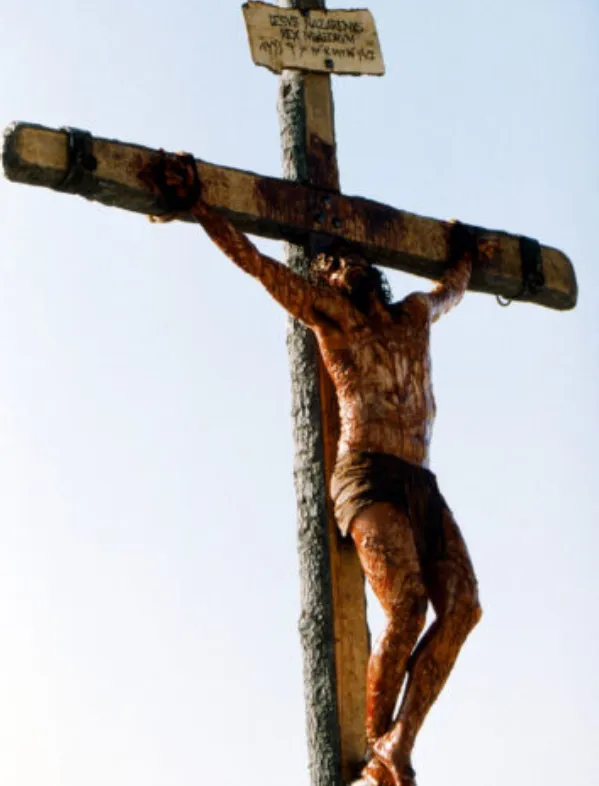
One of the strongest validations of Jesus’ claim was how His life aligned with Old Testament prophecies. He was born in Bethlehem, as foretold in Micah 5:2. He entered Jerusalem on a donkey, fulfilling Zechariah 9:9. Even His suffering and crucifixion echoed Isaiah 53:5: “He was pierced for our transgressions… and by His wounds we are healed.” Each event revealed that His mission was not coincidental but part of God’s redemptive plan.
The ultimate validation of Jesus’ Messiahship was His resurrection. Paul writes, “He was declared to be the Son of God in power… by His resurrection from the dead.” No greater sign could confirm His authority than triumphing over death itself. The empty tomb and His post-resurrection appearances (Luke 24:36–43) assured His disciples—and the world—that His claim was true.
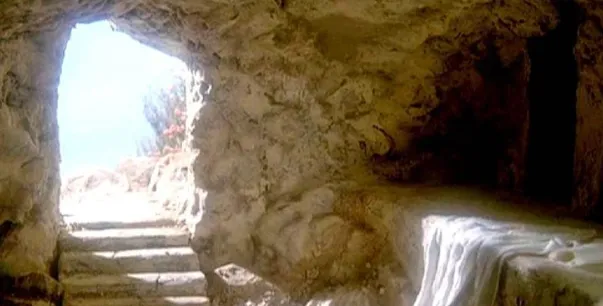
Jesus’ validation as the Messiah is not confined to history. His works, His words, and His victory over death remain an open invitation. As He told Martha before raising Lazarus: “I am the resurrection and the life. Whoever believes in me, though he die, yet shall he live” (John 11:25). This claim still stands, validated by His life and by the countless lives transformed through Him.Through prophecy fulfilled, miracles performed, and the resurrection achieved, Jesus offered the world undeniable evidence that He is indeed the Messiah.
*Cover Photo/Thumbnail Photo From aitheologian.substack.com
RELATED ARTICLES

Christianity Explained Through The Supernatural

Ex-Bachelor Star Shares Message to Silence Life’s Noise

🚢 Win Opening Night Tickets to TITANIQUE on Broadway

The Complete Collection: BroadwayWorld’s 12 Days of Christmas 🎄



